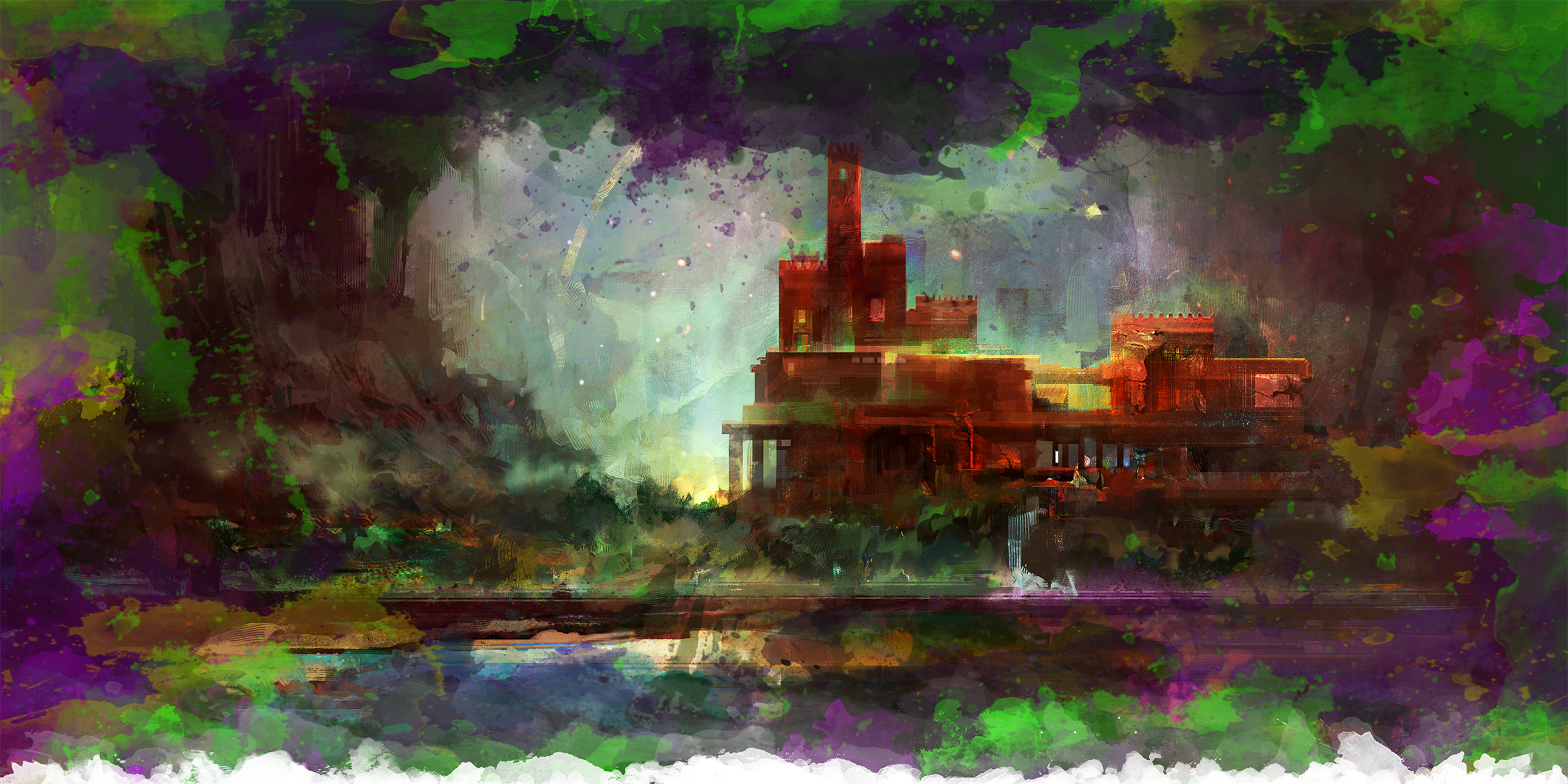Ancestral Alfen
Don't stare too long...
Study
A major issue that continues to frustrate many scholars who study ancestral Alfen comes from emotional confusion. Unlike formal Ozolithian, it is never clear if the emotions brought on when reading the language are that of the writer or the reader.
It is possible that emotions expressing intent of the writer get mixed in with instinctively emotional responses on the part of the reader, leading to overwhelming opposite emotions experienced at the same time.
In some cases, scholars studying Alfen technology have activated mechanisms that killed many on accident due to experiencing emotions that they believed the Alfen intended, when in reality it was their emotions they were feeling. The Alfen took pride and joy in the slaughter of others, but that pride and joy could easily be your own, brought on by the fact that you saved lives.
It is possible that emotions expressing intent of the writer get mixed in with instinctively emotional responses on the part of the reader, leading to overwhelming opposite emotions experienced at the same time.
In some cases, scholars studying Alfen technology have activated mechanisms that killed many on accident due to experiencing emotions that they believed the Alfen intended, when in reality it was their emotions they were feeling. The Alfen took pride and joy in the slaughter of others, but that pride and joy could easily be your own, brought on by the fact that you saved lives.
Fun fact: Alfen Shaping
It is unknown whether the ancestral alfen wrote on parchment. All surviving text in the present is found solely on a smooth, black stone. The stone is dense and resistant to the elements, sharing many qualities with marble.
The ancestors used specialized enchanted chisels that required only a single tap from a mallet to engrave a mark in the stone. This is why their lettering consists primarily of straight lines, excluding a select few chisels that can be switched out for the marks that are not.
The ancestors used specialized enchanted chisels that required only a single tap from a mallet to engrave a mark in the stone. This is why their lettering consists primarily of straight lines, excluding a select few chisels that can be switched out for the marks that are not.
Dictionary
Viral Languages
Viral languages offer a comprehensive understanding of the intent. In Formal Ozolithian, many words found in other languages don't exist. By reading it, one can immediately understand the feelings of the writer on the subject, making fiction more than a pastime, but an experience where one can feel every emotion as events unfold on the page.
The Alfen ancestors didn't write fiction, but there is still the benefit of knowing exactly what is intended when it is written. The Alfen used art as a language, but not much else is known about their culture. The language itself is an anomaly among linguists of all skill levels in the present day. Many have dedicated their lives to studying it only to be found wanting as they realize they learned nothing.
A good analogy to how viral languages can benefit those who use them can be found in the real world. Text messaging or online chats can often be misinterpreted or have unintended consequences. Such events never occur when using a viral language one is fluent in because the intent is always clear.
The Alfen ancestors didn't write fiction, but there is still the benefit of knowing exactly what is intended when it is written. The Alfen used art as a language, but not much else is known about their culture. The language itself is an anomaly among linguists of all skill levels in the present day. Many have dedicated their lives to studying it only to be found wanting as they realize they learned nothing.
A good analogy to how viral languages can benefit those who use them can be found in the real world. Text messaging or online chats can often be misinterpreted or have unintended consequences. Such events never occur when using a viral language one is fluent in because the intent is always clear.
Remove these ads. Join the Worldbuilders Guild


So if you got a person or creature that had similar views to the Alfen ancestors on things like death or power, you could potentially accurately guess what the words say? If you make a rubbing of a text carved into stone, then read the rubbing, is the intention of the original writer felt, or the intention of the person who did the rubbing? Is it any different if you copy it down word for word instead?
Oooo, so yes. If you did have the original intent and felt the same, you could make a decent guess. Couple problems with this tho: you don't know who the writer was. Could have beeen a high ranking leader, or a disgruntled slave... or a happy slave for all you know. You have no idea whether that intent is reliable. If you wrote it down without knowing the langauge, you would not impart intent. You can't mean cat when you write tree right? So it doesn't transfer.... copying though. That is different. it transfers intent which can get muddled. When u copy a text, you can unintentionally mix your emotions with that of the text.